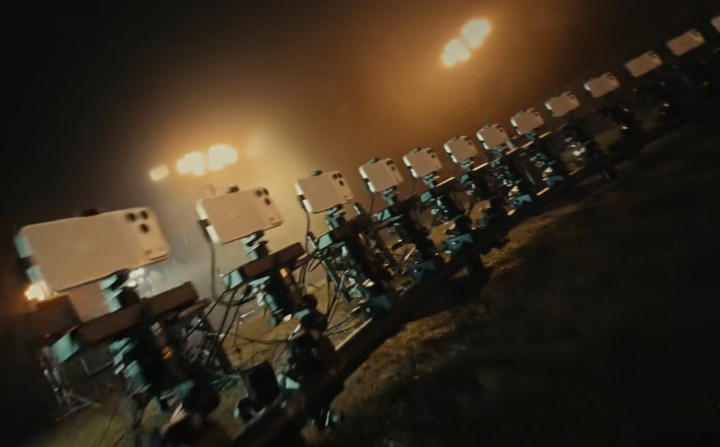Select Language:
Apple has recently introduced the iPhone 17 series, with the high-end Pro model showcasing several notable upgrades. Its body is made from a single piece of aluminum for durability and sleekness, and it features an enlarged battery capacity. The device also incorporates a new “vapor chamber” technology for improved cooling and sports a display that is three times more resistant to scratches, among other enhancements.
One of the main focuses of this launch was on camera improvements. All three rear cameras now feature 48-megapixel sensors, with the telephoto lens upgraded to provide 8x optical zoom, a significant increase from the previous 5x. The iPhone 17 Pro also introduces a new 18-megapixel front-facing camera equipped with Center Stage technology. This camera uses a square sensor with a wider viewing angle, making it versatile for both portrait and landscape selfies, whether you’re holding the phone vertically or horizontally.
The company’s promotional video for the iPhone 17 Pro also highlighted a new genlock feature, compatible with Blackmagic’s Camera ProDock and various supporting apps. This technology allows for precise synchronization of video feeds from multiple cameras, enabling filmmakers to create stunning effects reminiscent of the iconic bullet time scene from The Matrix. This technique involves multiple cameras capturing the same scene from slightly different angles, resulting in a synchronized effect that mimics time freezing as the camera moves around the action in slow motion.
In the demonstration, multiple iPhone 17 Pros are shown recording the same scene from different perspectives to achieve this cinematic effect. A notable example from the launch showcases this process, emphasizing the need for several devices working in unison to produce the final result.
While older models like the iPhone 15 Pro lacked such hardware synchronization capabilities, filmmakers like Danny Boyle achieved similar visual effects by capturing multiple angles in real time and assembling them in post-production. The key difference with the new genlock feature is its ability to keep video frames perfectly aligned at the hardware level, thanks to an external synchronization signal. This eliminates issues like flickering, tearing, or misaligned footage, allowing for a more professional presentation.
In summary, the iPhone 17 Pro’s genlock support simplifies multi-camera filming, offering enhanced precision and high-quality results. However, to fully leverage this technology, you’ll need a collection of these devices, making it more suitable for professional use rather than casual filming.







